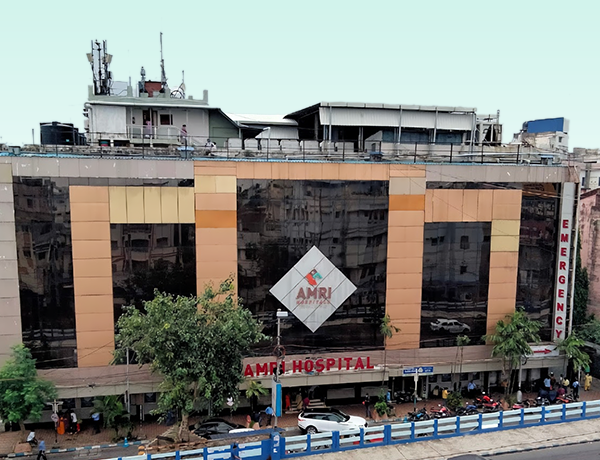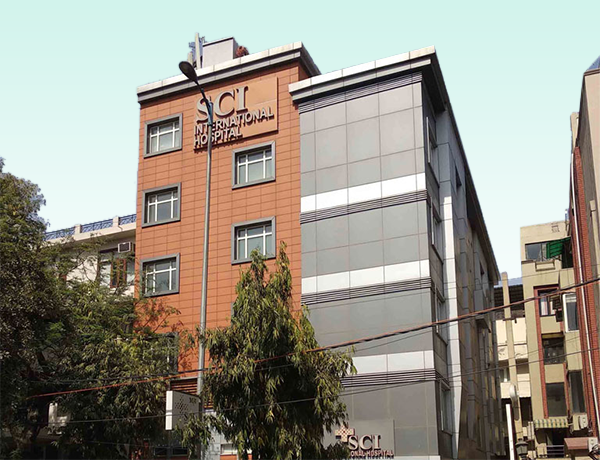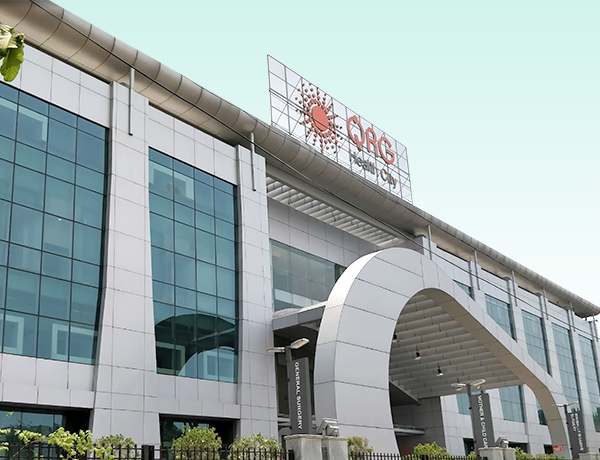Hip Replacement- Unilateral
Unilateral hip replacement, also known as total hip arthroplasty, is a surgical procedure performed to replace a single hip joint. This procedure is typically recommended for individuals with severe hip arthritis or other conditions that cause significant pain, stiffness, and loss of mobility in one hip. Unilateral hip replacement aims to restore function, relieve pain, and improve quality of life by replacing the damaged hip joint with an artificial joint.

Who Needs Hip Replacement – Unilateral:
Unilateral hip replacement may be recommended for individuals who meet the following criteria:
- Severe hip arthritis: When non-surgical treatments such as medications, physical therapy, and assistive devices fail to provide adequate relief from pain and functional limitations caused by severe hip arthritis.
- Unilateral hip joint degeneration: When only one hip joint is affected by conditions like osteoarthritis, rheumatoid arthritis, avascular necrosis, or post-traumatic arthritis.
- Hip pain and disability: When the pain, stiffness, and loss of function in the affected hip significantly affect daily activities and quality of life.
When to See a Specialist
If you experience the following symptoms, it is advisable to consult a specialist for a comprehensive evaluation:
- Persistent hip pain, especially during weight-bearing activities or at rest.
- Difficulty walking, climbing stairs, or performing routine movements due to hip pain and stiffness.
- Stiffness in the hip joint that limits mobility and affects your ability to carry out daily tasks.
Procedure
- Preoperative assessment: Before the surgery, you will undergo a thorough physical examination, medical history review, and imaging tests (X-rays, MRI) to evaluate the condition of your hip and determine the surgical approach.
- Anesthesia: Unilateral hip replacement is typically performed under general anesthesia, ensuring that you are unconscious and pain-free throughout the procedure.
- Incision: The surgeon will make an incision over the hip joint, exposing the damaged hip joint.
- Preparation of the hip socket: The damaged cartilage and bone in the hip socket (acetabulum) are removed and reshaped to accommodate the prosthetic cup.
- Placement of the artificial hip components: The surgeon will insert the prosthetic socket (cup) into the hip socket and secure it using screws or cement. Then, a prosthetic femoral stem is inserted into the thigh bone (femur), and a prosthetic femoral head is attached to the stem.
- Closure and recovery: The incision is closed with sutures or staples, and a dressing is applied to protect the surgical site. Drainage tubes may be inserted to remove excess fluid. Afterward, you will be transferred to the recovery area for monitoring.
Road to Recovery
The recovery process after unilateral hip replacement involves the following aspects:
- Hospital stay: You will typically stay in the hospital for a few days to monitor your condition, manage pain, and begin physical therapy.
- Rehabilitation: Physical therapy plays a vital role in the recovery process. You will gradually start with gentle exercises and mobility techniques to improve strength, flexibility, and joint function. Walking aids, such as crutches or a walker, may be necessary during the initial recovery phase.
- Follow-up appointments: Regular follow-up visits with your healthcare provider will be scheduled to monitor your progress, assess the healing process, and make any necessary adjustments to your rehabilitation plan.
Risk Management
While unilateral hip replacement is generally considered safe, there are potential risks and complications associated with the procedure, including infection, blood clots, implant dislocation, nerve or blood vessel damage, leg length discrepancy, and prosthesis failure. It is important to follow your surgeon’s instructions, attend follow-up appointments, and report any concerning symptoms promptly to minimize the risk of complications.
Benefits of Hip Replacement – Unilateral
- Pain relief: Unilateral hip replacement can alleviate chronic hip pain and improve overall quality of life.
- Improved mobility: By replacing the damaged hip joint, the procedure restores mobility and enables individuals to resume activities that were previously restricted due to hip pain and stiffness.
- Enhanced function: Unilateral hip replacement can restore joint function, allowing for improved walking, climbing stairs, and performing daily tasks.
- Better quality of life: The relief from pain and improvement in mobility and function contribute to an enhanced quality of life, enabling individuals to engage in activities they enjoy with greater ease.
Frequently Asked Questions
1. How long does it take to recover after unilateral hip replacement?
The recovery period varies for each individual but typically ranges from a few weeks to several months. Full recovery and return to normal activities may take up to six months or longer.
2. Will I need assistance or mobility aids after surgery?
Initially, you may require the use of crutches, a walker, or a cane for support while walking. As you progress in your recovery, you will gradually regain strength and independence.
3. How long do hip implants last?
The longevity of hip implants varies depending on several factors, including the type of prosthesis, individual activity level, and adherence to post-surgical guidelines. In general, modern hip implants can last 15 to 20 years or more.
4. Can I resume sports activities after unilateral hip replacement?
Engaging in sports activities or high-impact exercises may be restricted after unilateral hip replacement. It is important to consult with your healthcare provider regarding specific activities and restrictions.
5. What precautions should I take to prevent complications?
To minimize the risk of complications, it is important to follow your surgeon’s instructions regarding post-operative care, medication, physical therapy, and activity restrictions. Attend all follow-up appointments and promptly report any concerning symptoms to your healthcare provider.
Treatians As The Best Choice
Treatians understand that seeking medical treatment abroad can be a daunting experience for patients and their families. That’s why the company offers end-to-end support to its clients, from the initial consultation to post-treatment care. The company provides personalized treatment plans that are tailored to meet the individual needs of each patient, and its team of dedicated professionals is always on hand to provide guidance and support throughout the entire process. Contact us at +91-7982312582, drop your email [email protected]
- Trauma & intensive care
- Aged Care
- Community Services
- Diagnosis & Investigation
- Medical & Surgical
- Mental Health
- Rehabitation
- Specialised Support Service



















